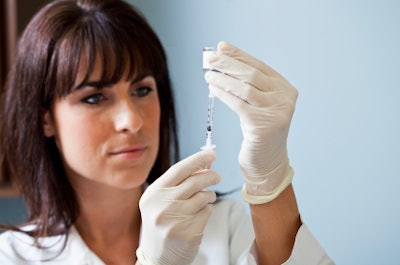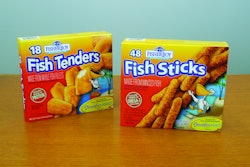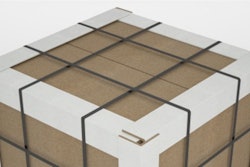Paying attention to nurses when they describe and evaluate the packaging they use can pay off for medical device firms in the package development process.
At Medtronic Spinal and Biologics, for example, manager of sterile packaging development Chris Bagozzi says, “We work with nurses, surgeons, and other healthcare professionals in various capacities. In some instances, we gain feedback from nurses and surgeons during cadaver lab sessions, surgeries, and focus groups. We also collect feedback in the form of surveys while attending conferences such as AORN (Assn. of Perioperative Registered Nurses) and NASS (North American Spine Society). We try to gain feedback whenever opportunities arise.
“As an example,” he continues, “the outer case currently utilized to house nonsterile implant and instrument sets was the result of collaboration with nurses. The design was created based on input from various Medtronic Spinal packaging engineers along with input provided from focus groups consisting of nurses and hospital sterilization service personnel.”
Philip Dahlin, senior manager of sustainability for the Janssen Pharmaceutical Companies of Johnson & Johnson, points out, “For medical devices, we definitely do reach out to healthcare professionals to help design the packaging. We have to balance greener packaging with the needs of nurses and surgeons to open it and maintain a sterile field. We have surgical training centers throughout the globe. They bring in surgeons and nurses to train and test the products. It’s not only the device functionality, but we test packaging and how they open it, how they maintain a sterile field, and we get their feedback and their ideas.”
Jason Strachota, a packaging development engineer II with Smith & Nephew, Inc.’s Advance Surgical Devices Div., notes, “Our packaging engineering group actively engages our sales organization to get feedback on new design concepts and any ideas for improvement with existing packages. We also use our customer service data to gauge feedback on certain designs that may be more susceptible to customer dissatisfaction.
“In addition, we have conducted Voice of the Customer surveys and have visited with sales reps on a routine basis. The feedback we receive provides input needed for modifications to existing packaging and the designs of future packaging. We also meet with supply chain and other hospital executives, nurses, and surgeons to obtain information on what improvements they would like to see in our products, including packaging. This is leading us to incorporate changes into product design, especially related to packaging optimization.”
Another perspective on engaging medical device personnel comes from Chuck Taylor, principle packaging/manufacturing engineer with Covidien Surgical Solutions Group. He says, “We have in-house registered nurses that work our clinical hotline and often we will engage them on new packaging developments to get first-hand feedback. I think as much of the input is worked into the design as much as it can be (i.e., a hand-hold for opening, space above a chevron for opening).”
Jon P. Wiesman, president and CEO of HR Pharmaceuticals, says that when his company reintroduced its personal lubricant sachets, “we took all aspects of the medical community into consideration as the final design was completed. Again, appearance and ease of use were two of our three considerations.”
Jan Gates, the owner and founder of PackWise Consulting, says medical professionals are only consulted on occasion. “In most established companies, most packaging used is legacy with no interest in change due to the time required for the changes and the view that doctors and nurses do not care. The opinion is that the device sells the product not the package. New companies tend to want new packaging innovations.”
Two experienced Packaging Hall of Fame inductees provide a broader viewpoint. Edward Bauer points out that packages must first protect the product they contain. “They must be able to stand up to distribution and a wide variety of environmental conditions and still work well—that nothing is going to fall out of a package when someone wants to open it and nothing is going to replace the diligence required in making sure the right product is used. Both medical device and pharmaceutical companies have incorporated bar codes, color codes, as well as size and shape characteristics to reduce errors and make products easier to use. One common comment made by the nurses is about pouches that don’t open easily. Companies have responded with notches, tear strips, and other easy-to-open features without the nursing community commenting on the improvements that have been introduced.”
Ben Miyares, president of Packaging Management Institute, Inc., adds, “There’s a great deal to learn about how healthcare workers (nurses, technicians, doctors) receive/store/pull from storage/prepare medical devices for use in surgical procedures, other non-surgical treatments, and how they handle the packaging once the device has been removed. Understanding how the healthcare workers use/abuse medical device packaging is only half the story. Packagers need to develop instructional/education materials, videos, etc., to demonstrate proper procedures and techniques for handling, storing, disposing of packaging from the time they enter the hospital (or healthcare facility), until the time they are taken away for appropriate disposal, reuse, recycling, etcetera. Packaging developers could profit from a close study of such instructional videos by developing packages that better protect the sterility of instruments while providing intuitive opening, presentation techniques.”
Excerpted from Healthcare Packaging’s February 2012, “Voices of Leadership” issue.

























